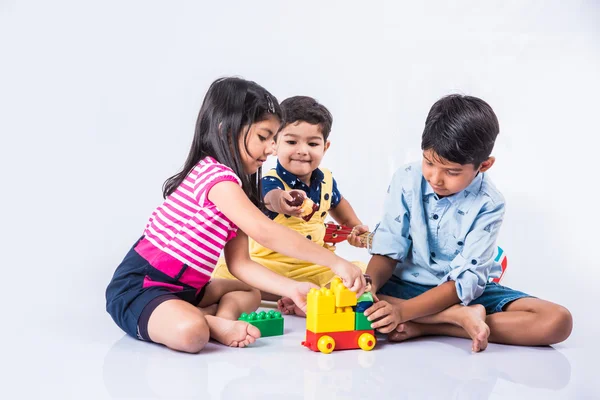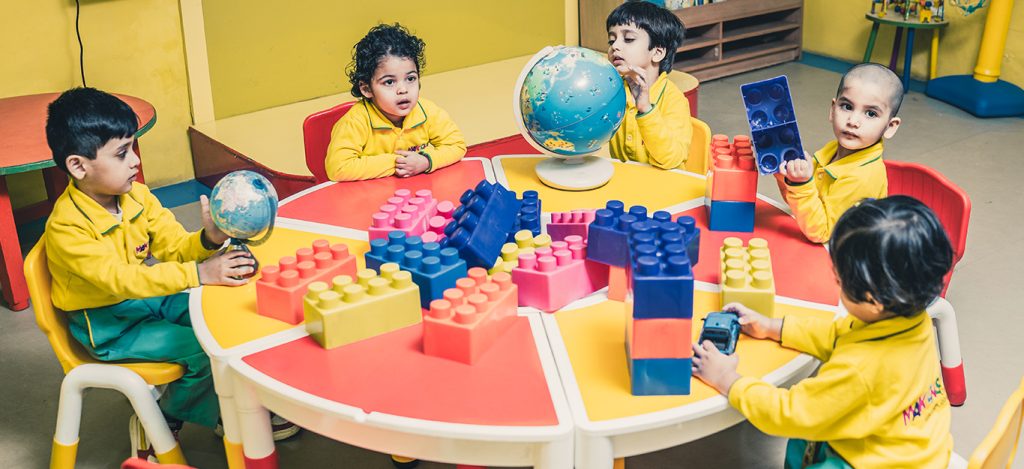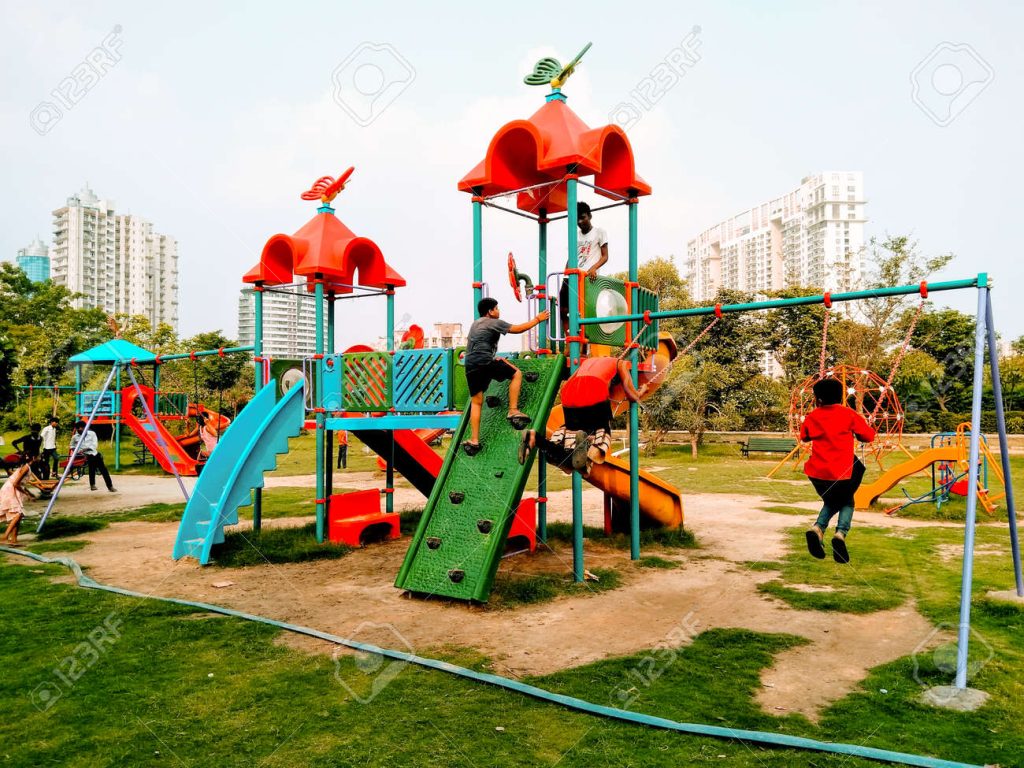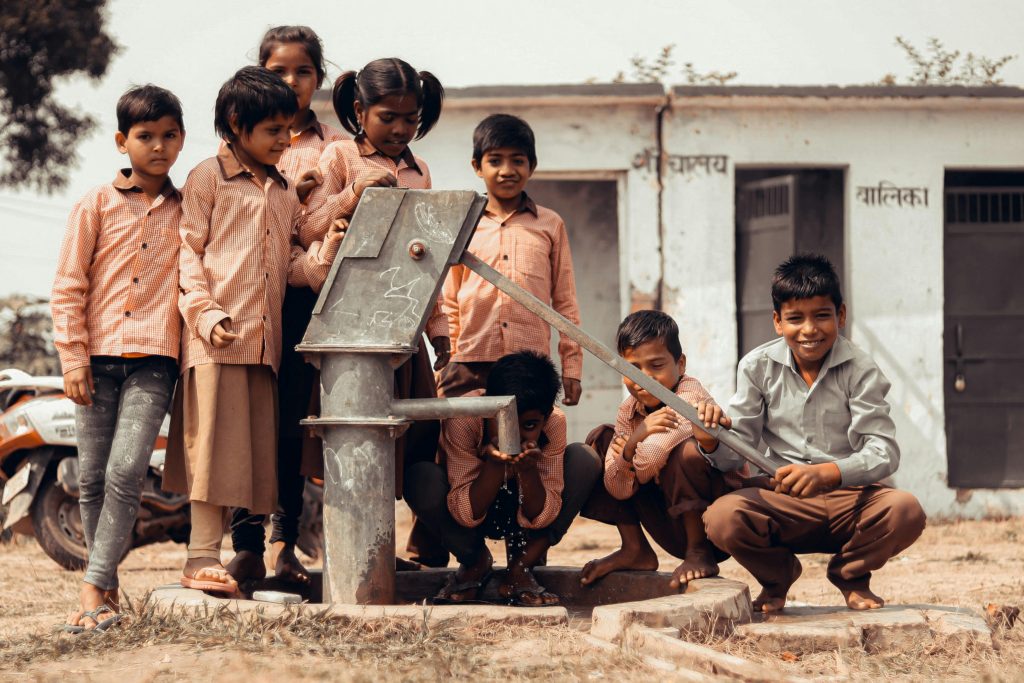
Raising Kids in 2025: Trends Transforming Childhood in India
Children in India today live in a world very different from what their parents knew. With new technology, changing lifestyles, and evolving challenges; there are some trends that are shaping how raising kids, learn, and play.
This article explores the major trends in India for children in 2025—with simple language, clear pointers, and insight into what matters now for kids, parents, and educators.

Below are some of the most important shifts affecting children across India at present.
1. Digital Growth & Screen time effects on raising kids
- A very large share of children’s media consumption is shifting to online platforms. Many kids watch cartoons, stories, and interactive content through apps or streaming services.
- Because of this, there is increased concern about screen time effects — eye strain, disrupted sleep habits, less physical play.
- Parents and schools are trying to enforce digital balance: limited screen hours, breaks, and encouraging offline activities including kids online safety / cyber safety education
2. Mental Health & Emotional Well‑Being
- Stress and anxiety are no longer just adult problems. Many children feel pressure from school, peer expectations, or social media.
- Topics like child anxiety, mindfulness, mental wellness for kids are gaining attention.
- Schools are slowly including counselling, emotional learning sessions, and stress management programs.
3. Nutrition, Health & Active Life
- Both undernutrition and rising childhood obesity are being noticed across India.
- Parents are more aware of healthy diets, balanced food, avoiding too much sugar or junk.
- Schools are promoting physical activity, sports events, yoga, and good hygiene.
4. Inclusive Education & Special Needs Support
- Schools and districts are introducing facilities for raising kids with special needs—speech therapy, occupational therapy, special educators.
- This helps ensure inclusive education, so all children, regardless of ability, can learn in mainstream schools.
5. Microschools & Alternative Learning
- Some families are choosing microschools, small community-based learning groups in neighbourhoods.
- These setups allow flexible, hands-on, curiosity‑based learning rather than rigid curriculum.
6. Kids’ Media & Content Trends
- The kids’ TV genre is adapting: even though traditional viewership may shrink, ad revenues, and Kids digital content India and digital content targeting children are growing.
- More educational, fun, regional language content is being developed.
7. Fashion, Sustainability & Children
- In kids’ wear, trends include matching sets (co‑ords), soft pastel colours, and eco‑friendly fabrics like organic cotton.
- Parents want clothes that are stylish, comfortable, and safe for sensitive skin.
8. Safety, Infrastructure & Child Rights
- Incidents like school building collapses and unsafe infrastructure are making headlines. (For instance, the Piplodi school roof collapse in Rajasthan tragically killed students.)
- There is pressure on authorities and communities to ensure safe school buildings, emergency preparedness, and child protection policies.
Why These Trends Are Important
- Early years shape lifelong health, habits, and mindset.
- If children grow up overloaded, anxious, or unhealthy, their quality of life and future potential suffer.
- Inclusion ensures that every child, irrespective of ability, gets an education.
- Safety and infrastructure are basic rights.
- Culture, values, and creativity should go hand in hand with technology.

Practical Tips: What Parents, Schools & Policymakers Can Do
Here are ideas for different stakeholders:
| Who | What They Can Do |
| Parents | Limit screen hours, set “no-device” times. Encourage physical play, walks, chores. Watch for signs of stress or withdrawal in children. Choose safe, comfortable clothes and strong nutrition. |
| Schools / Teachers | Include mental health or emotional learning sessions. Offer inclusive support and special educators. Use hands-on, interactive teaching instead of only lectures. Check and maintain safe infrastructure, earthquake readiness. |
| Policymakers / Administrators | Enforce building safety norms for schools. Funding for inclusive facilities. Support alternative learning models like microschools. Promote local, safe digital content, and regulate online risks. |
Real-Life Examples & Headlines
- In Madurai, a new facility for kids with special needs opened in a school, giving therapy and special education services on campus. The Times of India
- A kids marathon event in Delhi was conducted to celebrate fitness, involving very young children to start healthy habits early. The Times of India
- Use of traditional games with a twist: In Baghpat, the game Snakes & Ladders is being adapted to teach children about safety, rights, and self‑protection. The Times of India
- The kids’ TV and digital content space has grown even as viewing habits shift—digital platforms now take most of the children’s viewing time. ETBrandEquity.com

These examples show how policy, culture, education, and media all converge to affect children’s lives.
Kids in India now face both more opportunities and more challenges than ever before. Technology, changing social norms, and rising awareness are pushing positive change. But risks from mental stress, safety, inequality, and infrastructure must be handled carefully.
For India to truly nurture its next generation, families, schools, communities, and governments must work together. The goal should be a childhood that’s safe, healthy, creative, balanced, inclusive—and full of joy.





